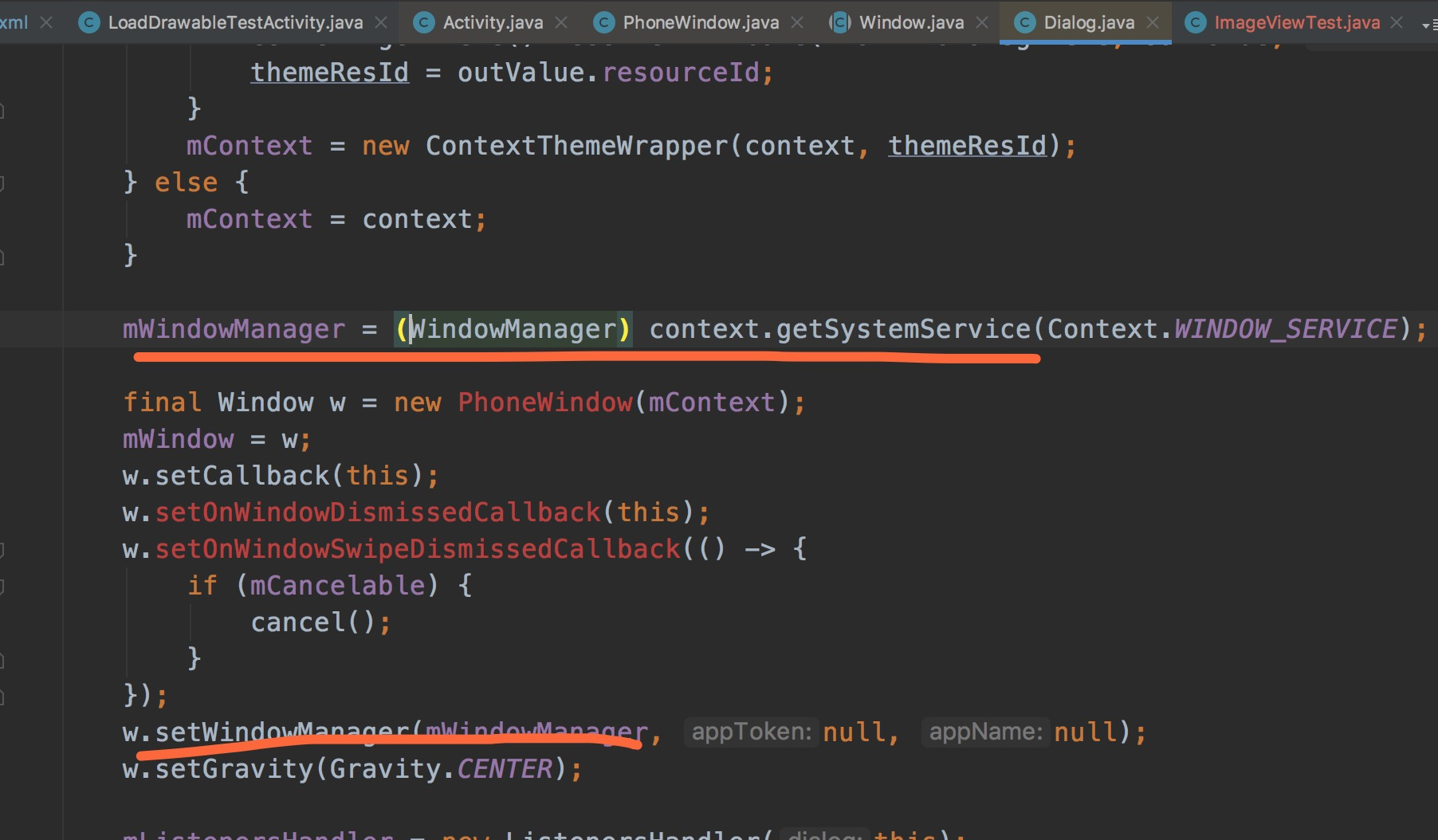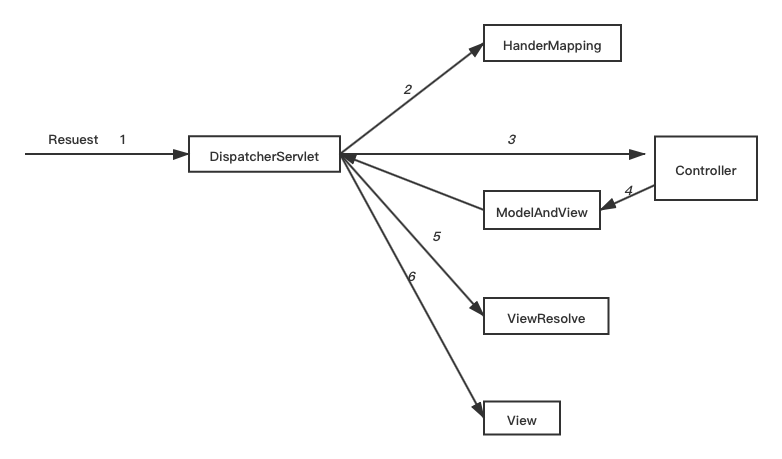We have a situation where I have a bunch of urls with query params that are used to bascially redirect to various sites, kind of like a short URL or index.
Ex: www.mysite.com/abc?x=123 which redirects to www.google.com www.mysite.com/abc?x=456 which redirects to www.yahoo.com and so on...
The issue is that there isn't an actual page "abc" now or prior, these links were created and published unknown to the site. The issue is now finding a simple means to make them active so when clicked will do the proper redirects.
This is currently on an IIS Windows server. The core site itself is .NET based.
Is there a way using an htaccess file or similar (assuming we use a mod-rewrite isapi plugin for IIS) to allow creating these redirects? We have hundreds of these to create.
The only other option I can think is redirecting these in turn to an actual asp.net page which would then process the param and redirect logic in code, assumign we can do a rredirect from the base URL to a real page easily.
The real problem I guess is getting around delaing with "abc?x=456" when there is no actual page in existence and no extension is given anyway to put a page in place.





